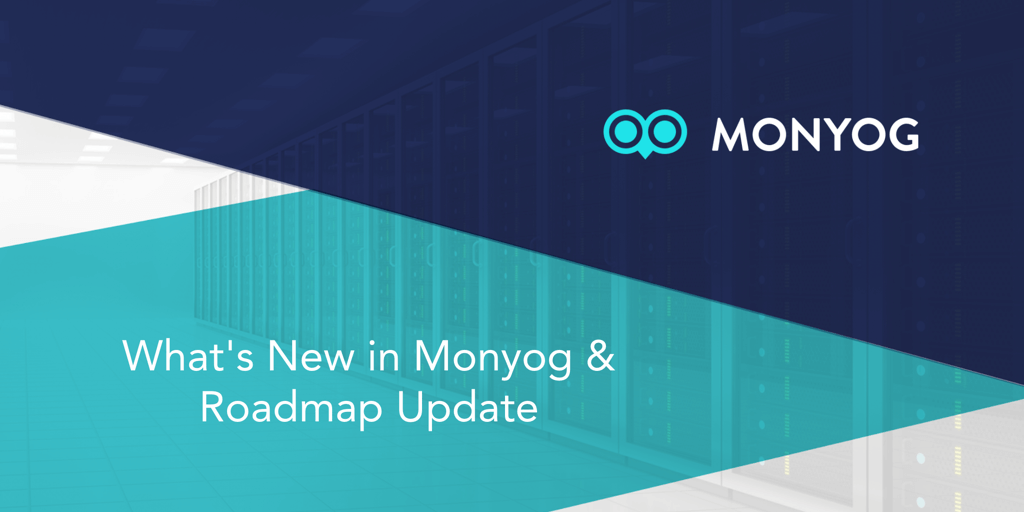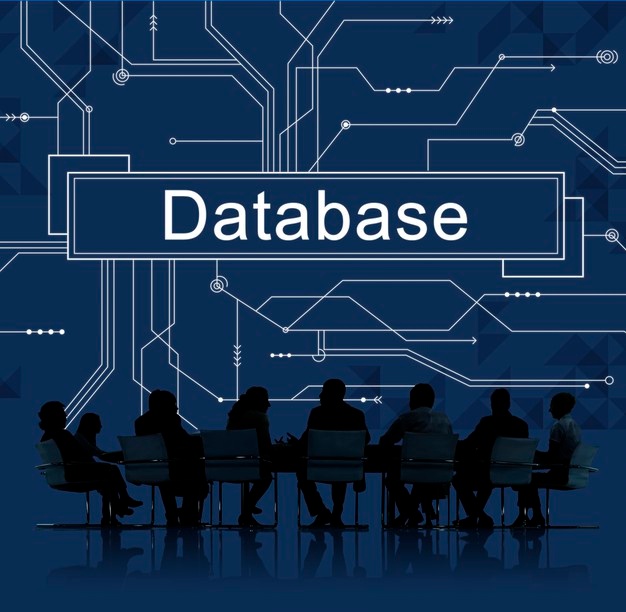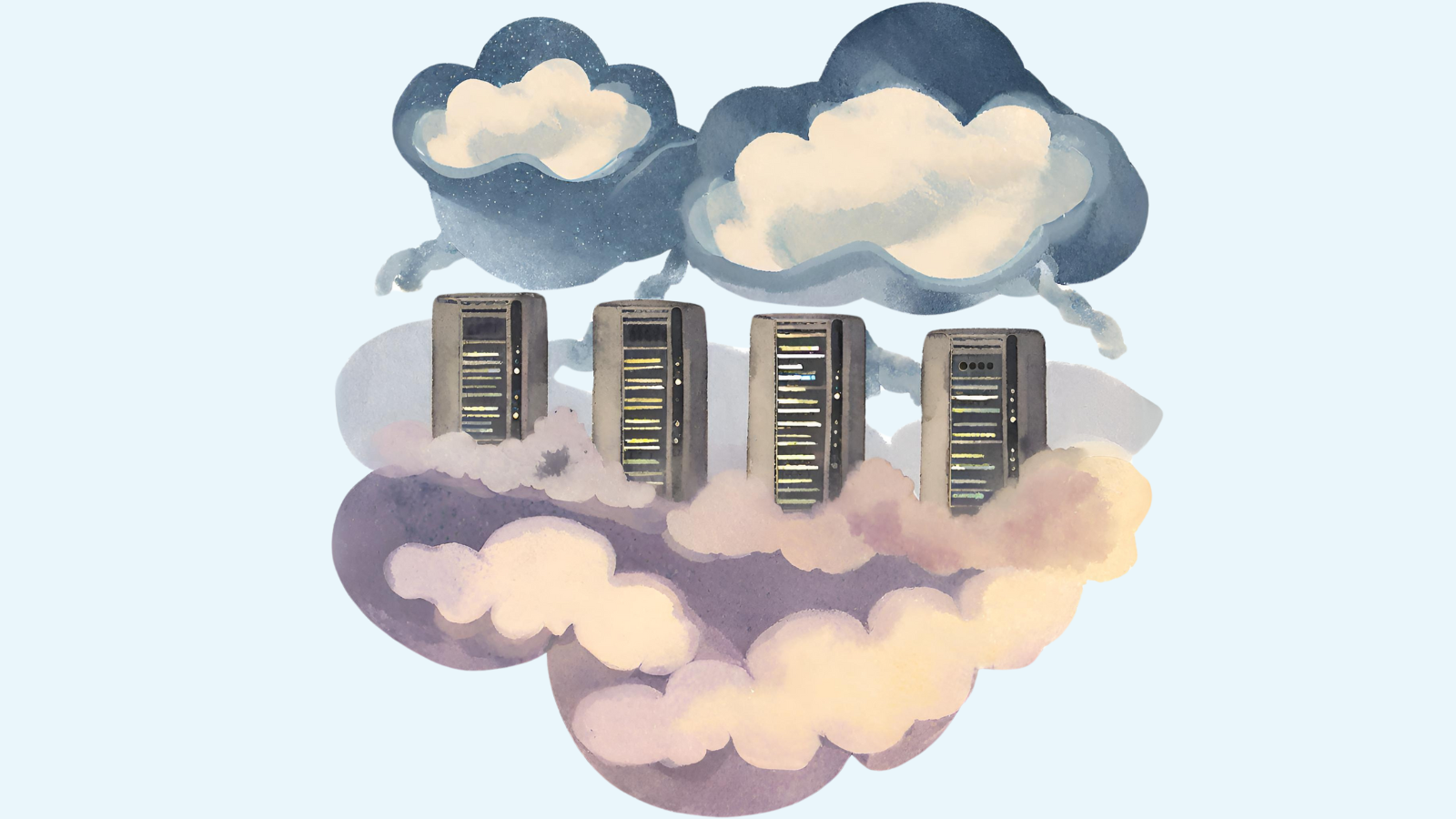Thank you everyone who attended our webinar on “What’s new in Monyog & Roadmap update”.
In this webinar, Shree Nair, Product Manager at Webyog demonstrated the various features introduced in Monyog since v8.1.0. Moreover, Shree showcased a number of scenarios on how to align the new features per use case.
Here’s the complete video for all those who couldn’t attend the webinar.
https://youtu.be/dJrJfYC9rUc
Summary of the top features discussed in the webinar:
Set distinct email distribution list for warning and critical alerts
Monyog allows users to specify separate recipients depending on the state of the alert, i.e., critical, warning or others. The critical alerts such as server going down, slave not running can be sent to the on-call DBAs while other warning alerts can be sent to members of the team.
Trend Graph Analysis
Trend graph analysis makes it easier to compare the state and performance of multiple MySQL servers in a single chart. You can group a single metric, which you find most important, from different servers into one unified chart. You can visually analyse a metric across servers at various points in time.
Disk monitoring of the system where Monyog is installed
Monyog will raise an alert in case the free space on the system where Monyog is installed goes below a defined threshold value. Default threshold is 10 GB and this can be customized by the user depending on their environment.
Tabular & Graphical View for MySQL replication
Users can choose between tabular and graphical representation of MySQL replication topology view. The Table of Parameters provides the result set of SHOW [ALL] SLAVE STATUS for servers which have been marked as replication slaves. Topology chart provides the replication graph and relationship of all registered MySQL servers which are marked as master/slave.
Same Y-axis scaling for Dashboard charts
This feature makes it easy to compare graphs of multiple servers for quicker issue detection. You can get to see the dashboard charts in the desired unit by defining the units and unit factor for Y-axis.
Monitoring RDS OS Metrics
With the CloudWatch API, Monyog uses the different OS metrics available with the API to fetch and display the data. All the RDS/Aurora OS monitors are shown under the monitor group “RDS/Aurora Instance Metrics” in Monitors page. The corresponding charts are available on the Dashboard page. In order to be able to see the OS data, you should first enable system metric for the RDS/Aurora instance.
Monyog is a MySQL monitoring tool that improves the database performance of your MySQL powered systems. Download your free trial.



